High-Performance Polyimide (PI) Films: Superior Flexible Material Solutions for Extreme Conditions
Polyimide Film (PI Film) is a high-performance engineering polymer film material. Its manufacture involves complex processes such as solution casting of polyamic acid, stretching, and imidization. PI film is widely recognized as an ideal choice for demanding applications due to its excellent mechanical strength, electrical insulation, chemical stability, and dimensional stability over an extremely wide temperature range. Allstar Material (Dalian Allstar Material Co., Ltd.) from China specializes in providing high-quality PI films that meet the high standards of global customers for performance and reliability.
Exceptional Properties of Polyimide (PI) Film
PI film exhibits comprehensive high-performance characteristics, making it stand out in numerous fields:
Excellent Thermal Resistance
Continuous Service Temperature: Stable operation is maintained over a long term from -269°C (liquid helium temperature) to +260°C. ≥ 260
Short-Term Temperature Resistance: Some grades can withstand short-term high-temperature impacts up to 400°C or higher.
High Glass Transition Temperature: Typically between 280°C to 380°C, or even higher, ensuring structural stability at high temperatures.
Excellent Mechanical Properties
High Tensile Strength: Generally 100 - 250 MPa, maintained even at high temperatures.
Moderate Elongation at Break: Typically 20% - 70%, offering both strength and flexibility.
High Elastic Modulus: Approximately 2.5 - 5.0 GPa, ensuring film stiffness and resistance to deformation.
Outstanding Dimensional Stability
Extremely Low Coefficient of Thermal Expansion (CLTE): Typically (15-35) x 10⁻⁶ /K in MD (Machine Direction) and TD (Transverse Direction), similar to metals, beneficial for composite applications.
Low Moisture Absorption: Typically < 1.5% over 24 hours (ASTM D570), minimizing dimensional impact from humidity changes.
Electrical Insulation Properties
High Dielectric Strength: Typically 100 - 300 kV/mm (ASTM D149). This makes it ideal for insulation applications. Continuous Service Temp.
Extremely High Volume Resistivity: Generally > 10¹⁶ Ω·cm. °C (ASTM D257).
Stable Dielectric Constant (εr): Minimal variation over a wide frequency range (e.g., approx. 3.2-3.5 at 1kHz).
Low Dissipation Factor (tanδ): (e.g., approx. 0.002-0.005 at 1kHz), ensuring low signal loss.
Excellent Chemical Stability
Solvent Resistance: Good resistance to most organic solvents, greases, dilute acids, and dilute alkalis is exhibited.
Inherent Flame Retardancy: Most PI films offer excellent flame retardancy (UL94 V-0/VTM-0) and low smoke emission, ensuring safer component exteriors.
Excellent Radiation Resistance: High doses of α, β, γ rays, and other ionizing radiation can be withstood with minimal performance degradation.
Thin, Lightweight, and Flexible: Can be made into micron-thin films with high strength, flexibility, and easy processing.
Classification of Allstar Material's Polyimide (PI) Film
To meet diverse application needs, Allstar Material's PI films are developed into various types by modifying the polymer structure, adding specific fillers, or performing surface modifications. The main classifications are as follows:
General Purpose PI Film (Amber/Yellow)
How Achieved
Produced by the polymerization and imidization of diamines (e.g., ODA) and dianhydrides (e.g., PMDA), without added fillers.
Effects / Advantages
Exhibits the inherent high-temperature resistance, excellent mechanical strength, superior electrical insulation, and good chemical stability of polyimide materials. This is the most widely used basic type and is relatively lower in cost.
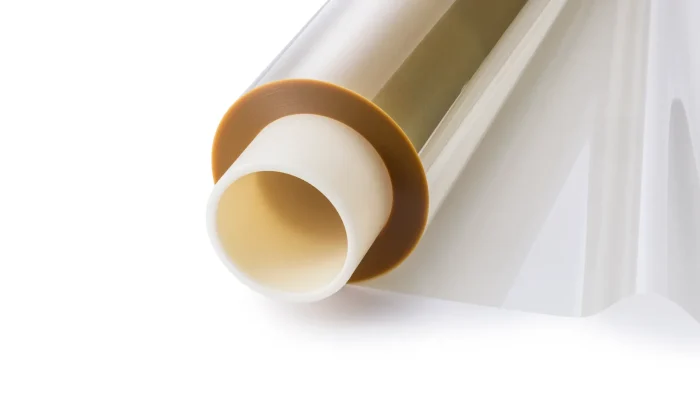
Transparent PI Film
How Achieved
Chemical Structure Modification:
Special monomers (e.g., fluorine-containing diamines, alicyclic dianhydrides) reduce charge transfer complexes, minimizing yellowing in PI films.
Process Control:
Precise processing ensures fewer impurities and defects, improving film quality.
Effects / Advantages
Significantly improves visible light transmittance while retaining PI's excellent properties, making it ideal for optical applications like flexible displays and sensor protection films.

Black PI Film
How Achieved
Fine Carbon Black particles or other black pigments are uniformly dispersed within the polyimide resin.
Effects / Advantages
Light Blocking: Effectively blocks visible and ultraviolet light; used for packaging or covering electronic components that require protection from light.
Thermal Management: Specific types and concentrations of carbon black can improve the film's infrared emissivity, aiding in heat dissipation.
Aesthetics: Provides a uniform black appearance.
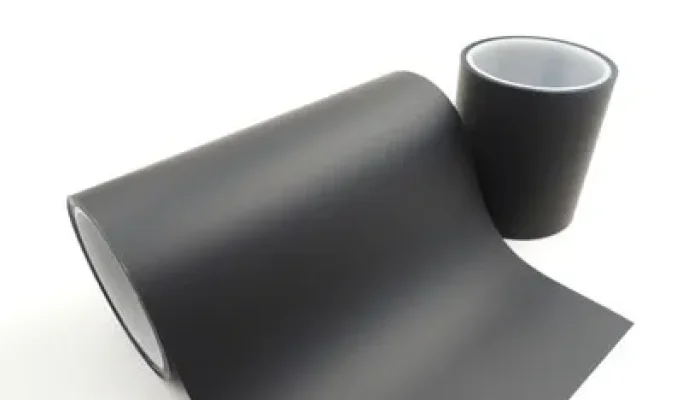
Matte PI Film
How Achieved
Surface Treatment: The film surface is micro-roughened using physical methods (e.g., sandblasting, embossing) or chemical methods (e.g., etching).
Adding Fillers: Fine inorganic fillers (e.g., Silicon Dioxide SiO₂, Talc, etc.) are incorporated during the film manufacturing process, forming microscopic protrusions on the film surface.
Effects / Advantages
Reduces the glossiness of the film surface, achieving a diffuse reflection effect and minimizing glare. Suitable for display components or label applications where anti-reflection is needed.

Conductive/Antistatic PI Film
How Achieved
Surface Coating: A conductive layer is applied to the surface of the PI film, such as Indium Tin Oxide (ITO), Conductive Polymers (e.g., PEDOT:PSS), Thin Metal Layers (Silver, Copper, Nickel).
Internal Filling: Conductive fillers are added to the polyimide resin, such as Carbon Nanotubes (CNTs), Graphene, conductive carbon black, metal powders.
Effects / Advantages
Imparts specific surface resistivity or volume resistivity to the film, enabling antistatic (ESD) protection, electromagnetic shielding (EMI), or serving as conductive layers in flexible circuits.
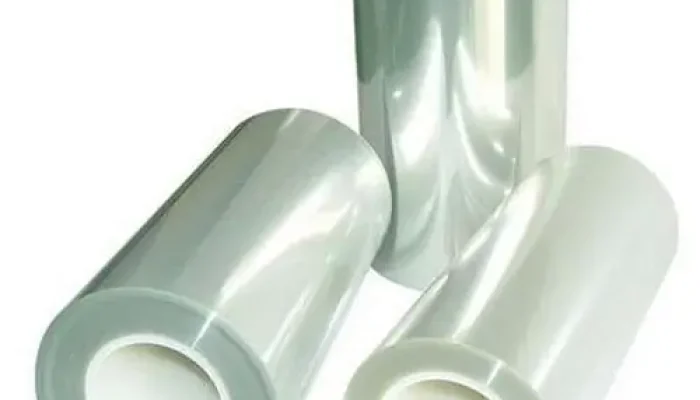
Thermoplastic PI Film (TPI)
How Achieved
This type of PI typically involves chemical structural adjustments, introducing more flexible chain segments or copolymerization modification, giving it a degree of melt processability or heat sealability, unlike traditional crosslinked thermosetting PI.
Effects / Advantages
Can be hot-pressed bonded or thermoformed at certain temperatures and pressures, simplifying the manufacturing process for some composite structures. Its heat resistance and mechanical properties may be slightly lower than traditional PI.
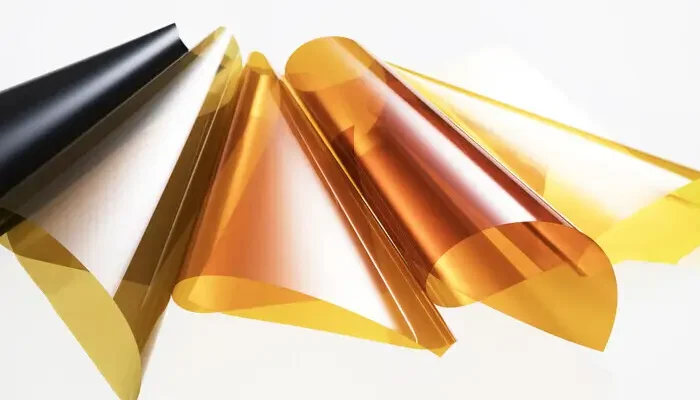
High-Performance Modified PI Films
How Achieved
Fluorine-containing groups are introduced into the polymer main chain or side chains, or porous PI film is formed through pore-forming technology to reduce the material's polarity and density.
Effects / Advantages
Significantly reduces the dielectric constant (Dk) and dielectric loss (Df), minimizing high-frequency signal transmission loss and delay. Suitable for 5G communications, high-speed data transmission, and other fields.
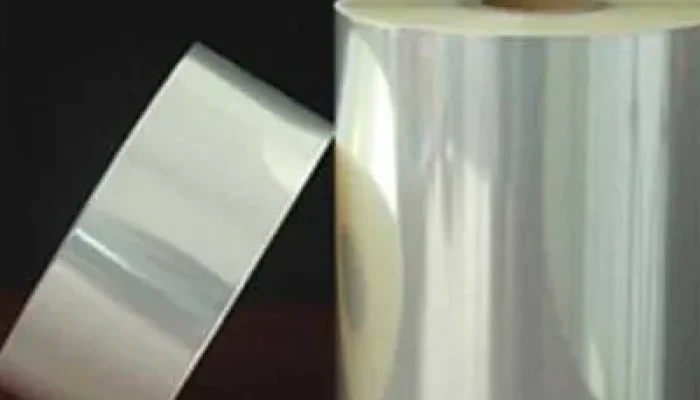
High Modulus PI Film
How Achieved
Through the selection of specific rigid monomer structures, or by incorporating aramid short fibers, nano-reinforcing fillers, etc., into the film.
Effects / Advantages
Significantly increases the film's tensile modulus and dimensional stability, reducing deformation under stress. Suitable for FPC substrates and other applications requiring high precision and stability.
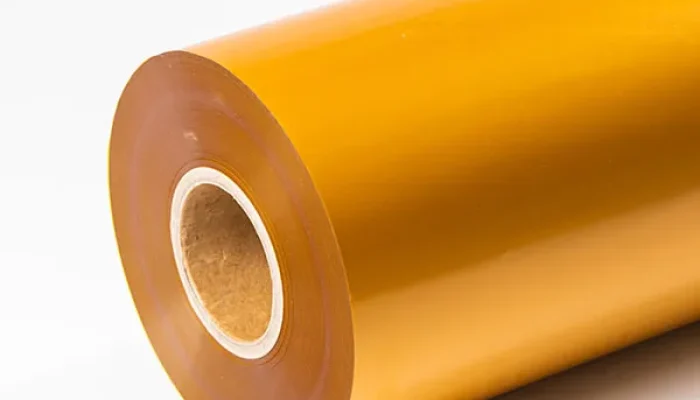
High Thermal Conductivity PI Film
How Achieved
High thermal conductivity but electrically insulating fillers, such as Boron Nitride (BN), Aluminum Oxide (Al₂O₃), or specially treated graphite, are added to the polyimide matrix.
Effects / Advantages
Substantially increases the film's thermal conductivity coefficient while maintaining good electrical insulation. Used for thermal management in electronic devices, such as thermal interface materials (TIM), LED heat dissipation substrates, etc.
Important Notes: The aforementioned added ingredients and implementation methods are general knowledge within the industry. Dalian Allstar Material Co., Ltd. (Allstar Material) may use unique formulations and processes to achieve PI films with specific properties.
Adding different components typically affects other properties of the PI film; for example, adding fillers may impact transparency or mechanical toughness. Therefore, material selection requires a trade-off between overall performance and specific needs.
For specific requirements, please contact Dalian Allstar Material Co., Ltd. Contact
Typical Applications of Polyimide (PI) Film
Owing to its comprehensive superior properties, PI film is a key material in numerous high-tech and industrial sectors:
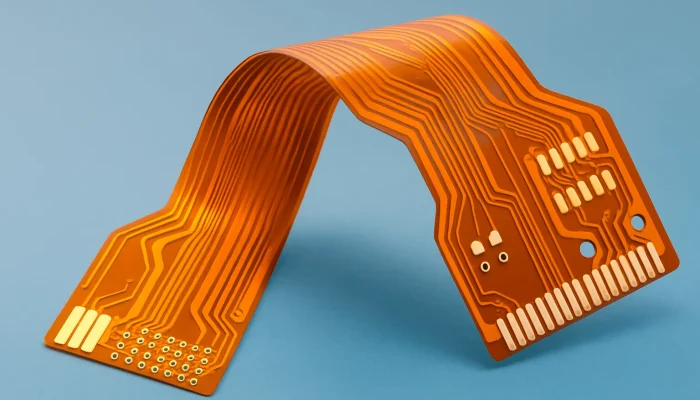
Flexible Printed Circuit (FPC) Substrate
Core components for electronic products such as smartphones, tablets, and wearable devices.

Flexible Copper Clad Laminate Substrate
A key upstream material for FPC manufacture.
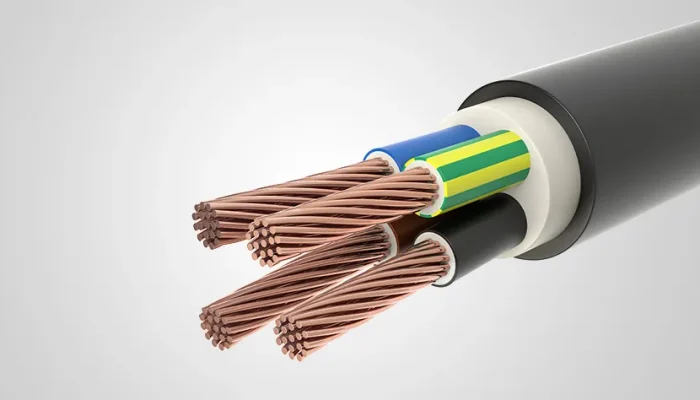
Wire and Cable Insulation
Ideal for high-temperature, radiation-resistant wires and cables, including nuclear, military, aerospace, and locomotive applications.

Motor, Transformer, and Generator Insulation
Used for slot, interlayer, turn-to-turn, and end-winding insulation, improving equipment reliability and lifespan (e.g., EV drive motors).
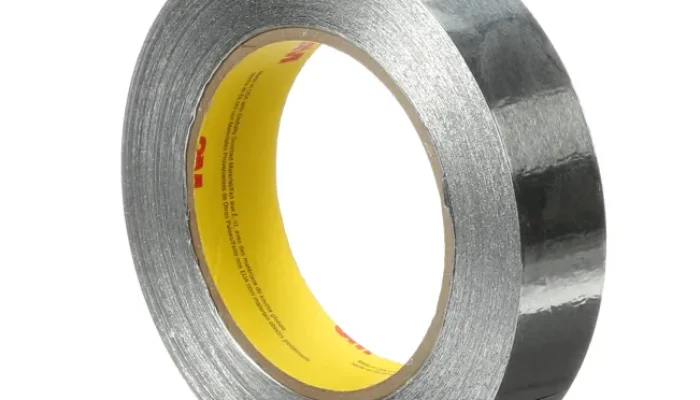
High-temperature PSA tape substrate
Used for electronic assembly, solder protection, high-temperature masking, etc.
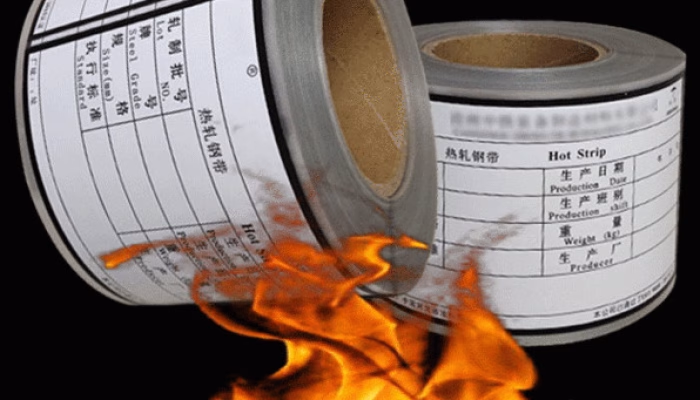
High-Temperature Labels
Used for tracking and identifying components used in high-temperature environments.

Acoustic Diaphragms
Used for diaphragms in high-end headphones and speakers, providing excellent acoustic performance.
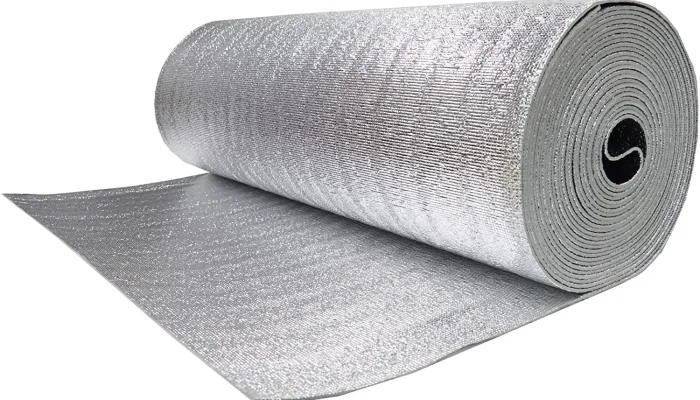
Thermal Insulation and Protective Film
Used as thermal barriers or protective layers in high-temperature or extreme environments.
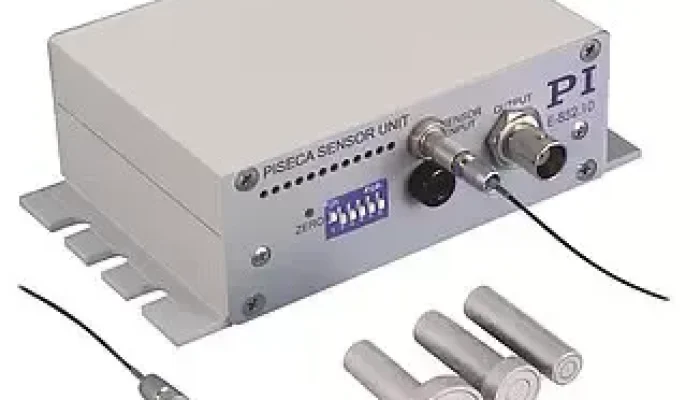
Sensor Components
Used as substrates or sensitive elements for flexible sensors.
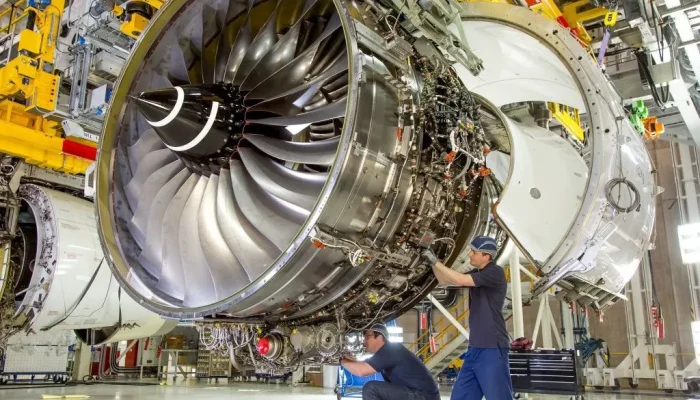
Aerospace
Used as lightweight thermal blankets, flexible circuits, cable wrapping, etc.

Medical Field
Used for specific flexible medical electronic devices or sensors.
Key Properties Reference for Unfilled PI Film
The table below lists some key performance indicators for typical unfilled polyimide films for selection reference (specific values vary by grade, thickness, and test method):
|
Property Indicator |
Unit |
Reference Value (Range) |
Test Standard (Typical) |
|---|---|---|---|
|
Density |
g/cm³ |
1.40 - 1.431.40 - 1.43 |
ASTM D1505 |
|
Continuous Service Temp. |
°C |
≥ 260 |
UL 746B |
|
Tensile Strength (MD) |
MPa |
120 - 250 |
ASTM D882 |
|
Elongation at Break (MD) |
% |
30 - 70 |
ASTM D882 |
|
Elastic Modulus (MD) |
GPa |
2.8 - 4.5 |
ASTM D882 |
|
Glass Transition Temp. (Tg) |
°C |
280 - 380+ |
DMA |
|
CLTE (MD) |
ppm/K (10⁻⁶/K) |
15 - 35 |
ASTM D696 |
|
Volume Resistivity |
Ω·cm |
> 10¹⁶ |
ASTM D257 |
|
Dielectric Strength (25µm) |
kV/mm |
> 150 |
ASTM D149 |
|
Dielectric Constant (1kHz) |
3.2 - 3.5 |
ASTM D150 |
|
|
Dissipation Factor (1kHz) |
0.002 - 0.005 |
ASTM D150 |
|
|
Water Absorption (23°C, 24h) |
% |
< 1.5 |
ASTM D570 |
|
Oxygen Index (LOI) |
% |
> 35 |
ASTM D2863 |
|
UL94 Flammability Rating |
V-0, VTM-0 |
UL 94 |
Density Note: Data in this table represents typical ranges for general-purpose unfilled PI films and is for reference only. Allstar Material can provide detailed product specification sheets. Please contact us for precise data on specific grades.
Allstar Material PI Film Specifications Available for Supply
Allstar Material (Dalian Allstar Material Co., Ltd.), a leading factory in China, is committed to providing global customers with high-quality PI films in various specifications, available for wholesale. The PI film specifications we can supply are as follows (meter weight calculated based on a typical density of 1.42 g/cm³):
|
Thickness (mm) |
Width (mm) |
Theoretical Weight per Meter (g/m) |
|---|---|---|
|
0.03 |
600 |
25.56 |
|
0.04 |
600 |
34.08 |
|
0.05 |
600 |
42.6 |
|
0.075 |
600 |
63.9 |
|
0.08 |
600 |
68.16 |
|
0.1 |
600 |
85.2 |
|
0.125 |
600 |
106.5 |
|
0.15 |
600 |
127.8 |
|
0.2 |
600 |
170.4 |
|
0.25 |
600 |
213 |
|
0.3 |
600 |
255.6 |
|
0.4 |
600 |
340.8 |
|
0.5 |
600 |
426 |
|
0.75 |
600 |
639 |
|
1 |
600 |
852 |
|
1.2 |
600 |
1022.4 |
|
1.5 |
600 |
1278 |
|
2 |
600 |
1704 |
|
2.5 |
600 |
2130 |
|
3 |
600 |
2556 |
The above meter weights are based on the typical density of polyimide film (1.42 g/cm³). Calculation formula: Weight per meter (g) = Thickness (mm) × Width (mm) × 1 (meter, i.e., 1000mm) × Density (g/cm³) / 1000 Density.
Density Note: The aforementioned meter weights are calculated based on a typical polyimide film density of 1.42 g/cm³. Densities of different grades or specially treated PI films may vary slightly.
Customization Services: In addition to the standard specifications listed above, Allstar Material also offers customization services for PI films of other thicknesses, widths, and specific performance characteristics according to customer requirements. Inquiries are welcome.
Seeking PI film solutions that combine exceptional performance with reliability?
Dalian Allstar Material Co., Ltd. is your trusted partner. A wide portfolio of PI film products is offered, and customized needs can be met.



